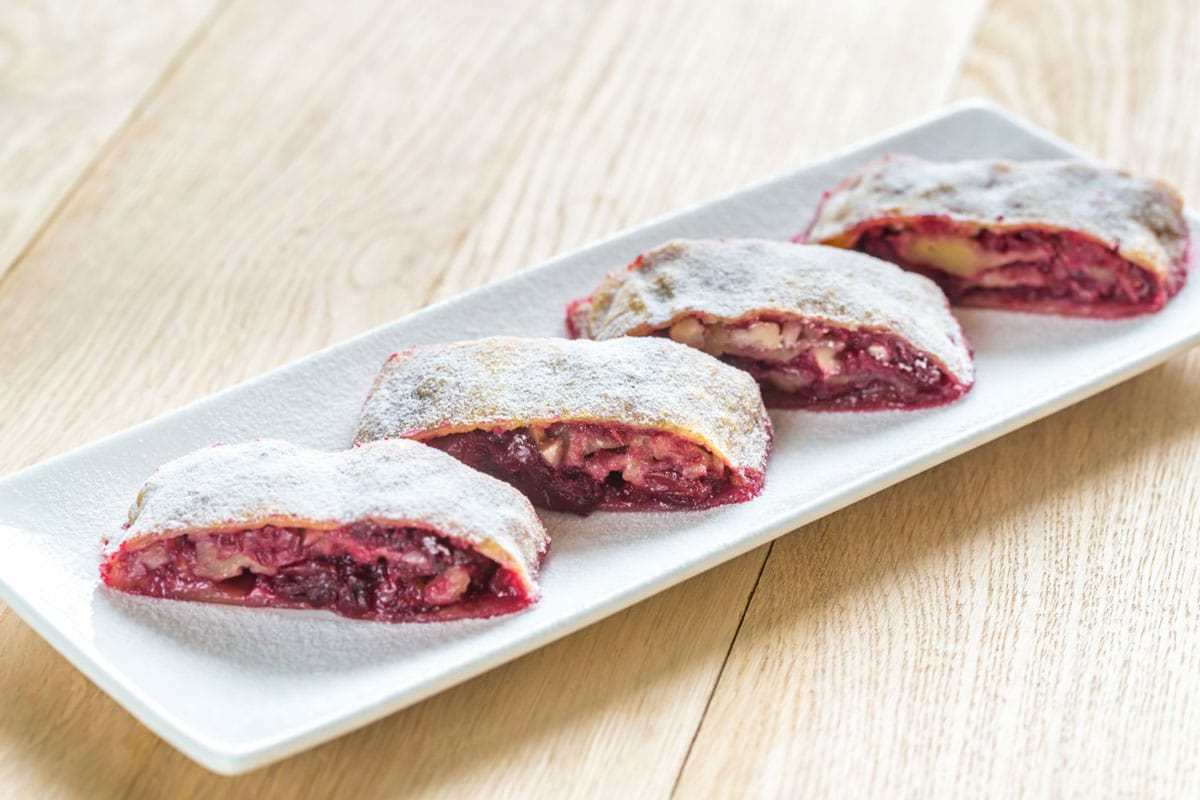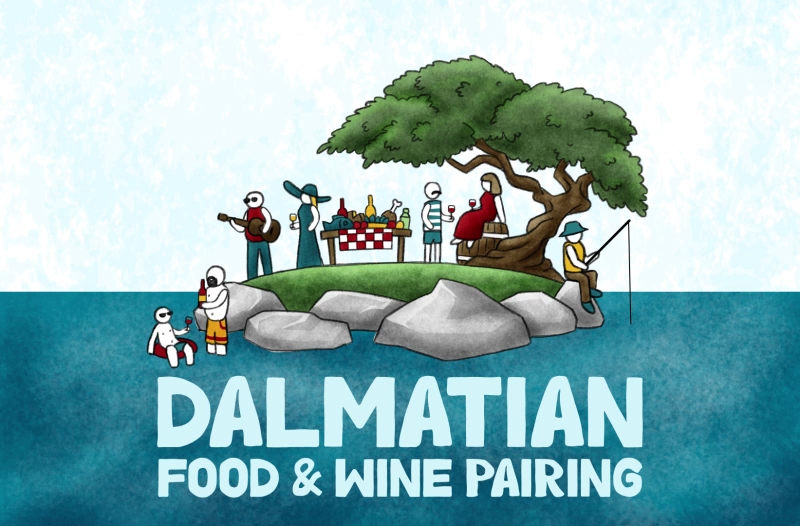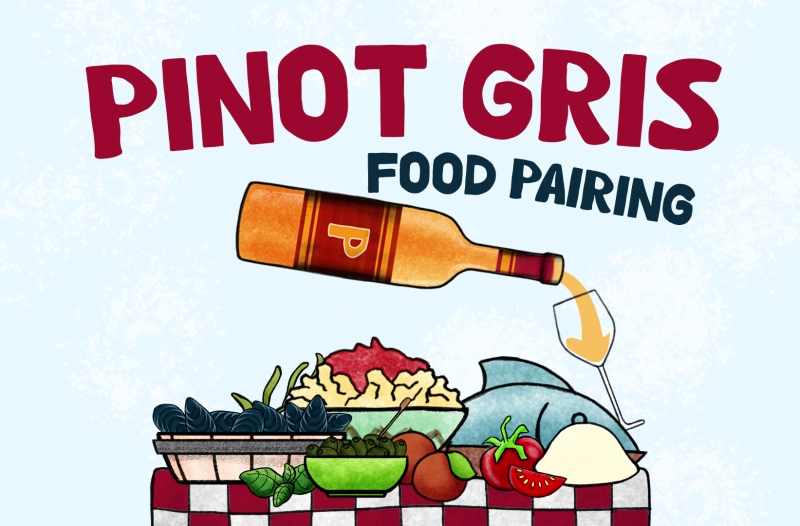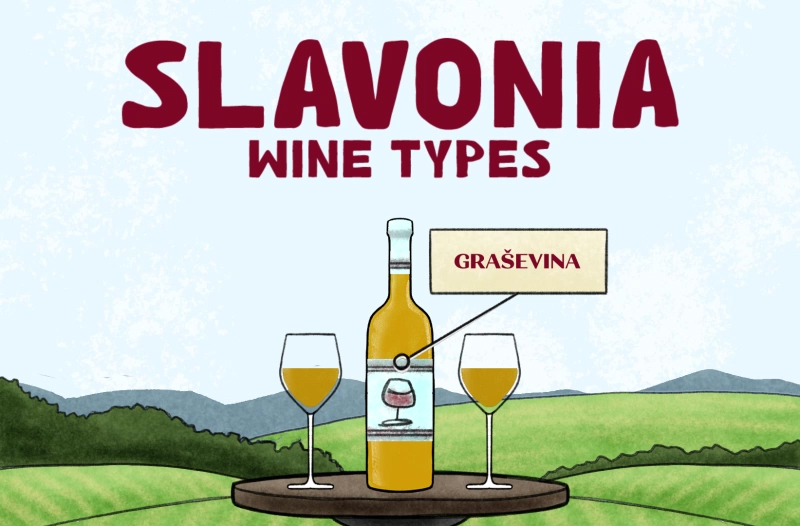7 Must Try Croatian Food & Wine pairings
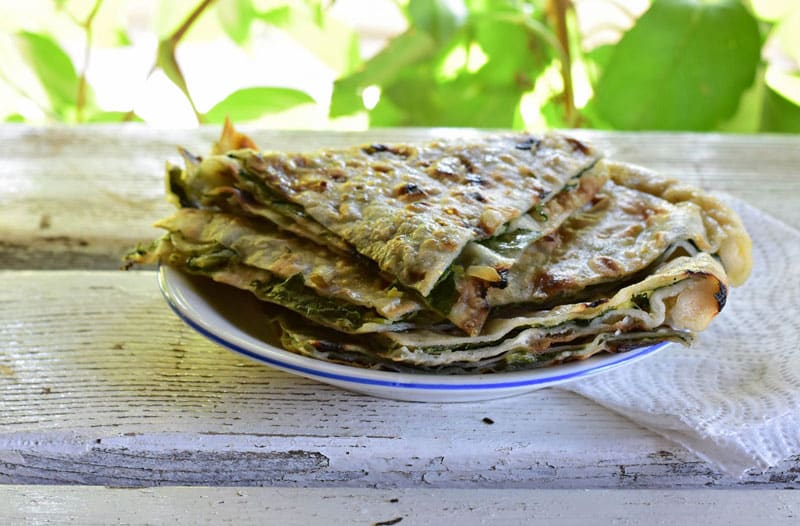
When it comes to top food and wine pairings, we are looking for a synergy that happens when pairing a meal with an ideal wine. And, despite the cultural differences and individual preferences, here are the seven food&wine pairings every food&wine lover should taste.
In addition, you won’t become an expert in Croatian wine, but these seven bottles can give you a sense of Croatia. Especially its diversity and unique quality!
1. Jagunić Three Stars Brut
This sparkling wine is an excellent representative of Croatian Uplands – small green hills with many family-owned vineyards and cellars. Although, because of its increase in popularity, sparkling wines are being produced everywhere in Croatia these days… the traditional and climate conditions truly suitable for making sparkling wines are the best in Upland Croatia, especially in the sub-region of Plešivica.
This sparkling wine is named Three Stars, as it sources grapes from three different vineyards. The base wine is a blend of Chardonnay, Riesling and of Old Plešivica varieties (an old vineyard with many unknown varieties).
From disgorgement to disgorgement, Jagunić family tuned their craft to finesse. Clean and focused, green apple dominates, but also some yellow fruit and nuttiness and some yeasty notes…This is a Champagne method wine with longer aging on yeast that gives this wine the seriousness and character modelled on Champagne. Pursuing the ideal balance of freshness, alcohol and sweetness. Very persistent, it cuts deep on the first sip and then lasts…
For a perfect pairing try:
- Cold cuts – such as istrian ombolo, prosciutto, and local sausages, usually make an ideal starter for lunch or dinner
- Sushi – sushi has gained popularity in Croatia in recent years, and many restaurants specialize in sushi and other Japanese cuisine. These restaurants often offer fusion dishes that blend Japanese flavors and techniques with Croatian ingredients, creating a unique culinary experience. Combination of raw salmon or tuna on sushi rise will add to the pleasure of enjoying a good sparkling wine.
- Clams: Clams are a popular seafood in Croatia, and several types are commonly enjoyed:
- Mediterranean Scallop, grilled with olive oil and Mediterranean herbs, au gratin, boiled, raw, and combined with hand-made pasta or rice.
- Mediterranean Mussel, prepared in “buzara” fashion, with white wine, garlic and parsley, or boiled with parsley, garlic and olive oil.
- Oyster, raw with a few drops of lemon.
- Sea truffle, with white wine, garlic and parsley, or raw with a few drops of lemon.
- Queen Scallop, raw, or baked, with pasta or salad.
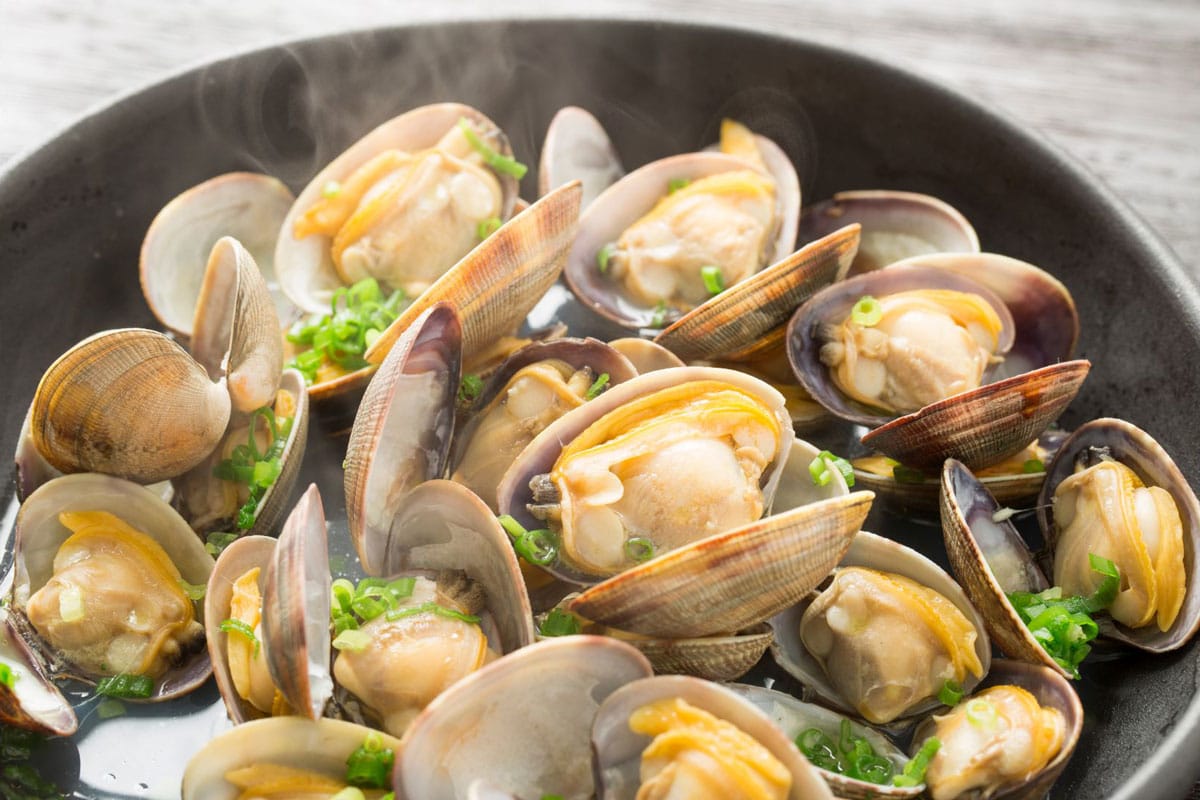
2. Kabola Malvazija Amfora
Despite being made in Georgian amphorae, it is still very much a gentle Istrian Malvasia. Not at all hardened or in any way tainted with amphorae ageing. A perfect example how the mark “Amfora” doesn’t necessarily mean an amber/orange wine.
Of course, Malvasia Amfora from Kabola is not a simple clean&green expression of the dominant fresh style of Malvasia Istriana. This doesn’t mean it won’t express the varietal characteristics, acacia flowers and fresh stone fruit. This wine is all about delicacy and finesse.
After all, it comes from so called “white soil”, lighter soil type, flysch, elevated, on sloping terrains instead of heavier red soils. Istrian malvasias from such soils are considered to be most refined.
It represents the true nature of Malvasia better, a rough silk, running smooth and harmonious along palate leaving a gentle flowery scent in the aftertaste. Like a very fine salt that appears sweet if you put it on a right dish.
For a perfect pairing try:
- Pasta with truffles – especially the local variety of pasta called “fuži”, typically fresh homemade. It is served with a rich, creamy sauce made with truffles, butter, cream, and Parmesan-type cheese. Freshly shaved truffles are then added as a finishing touch.
- Octopus salad – a refreshing and light salad made with boiled octopus, potatoes, onions, and olive oil.
- Black risotto – a flavorful risotto made with squid ink, rice, garlic, onion, and other seasonings.
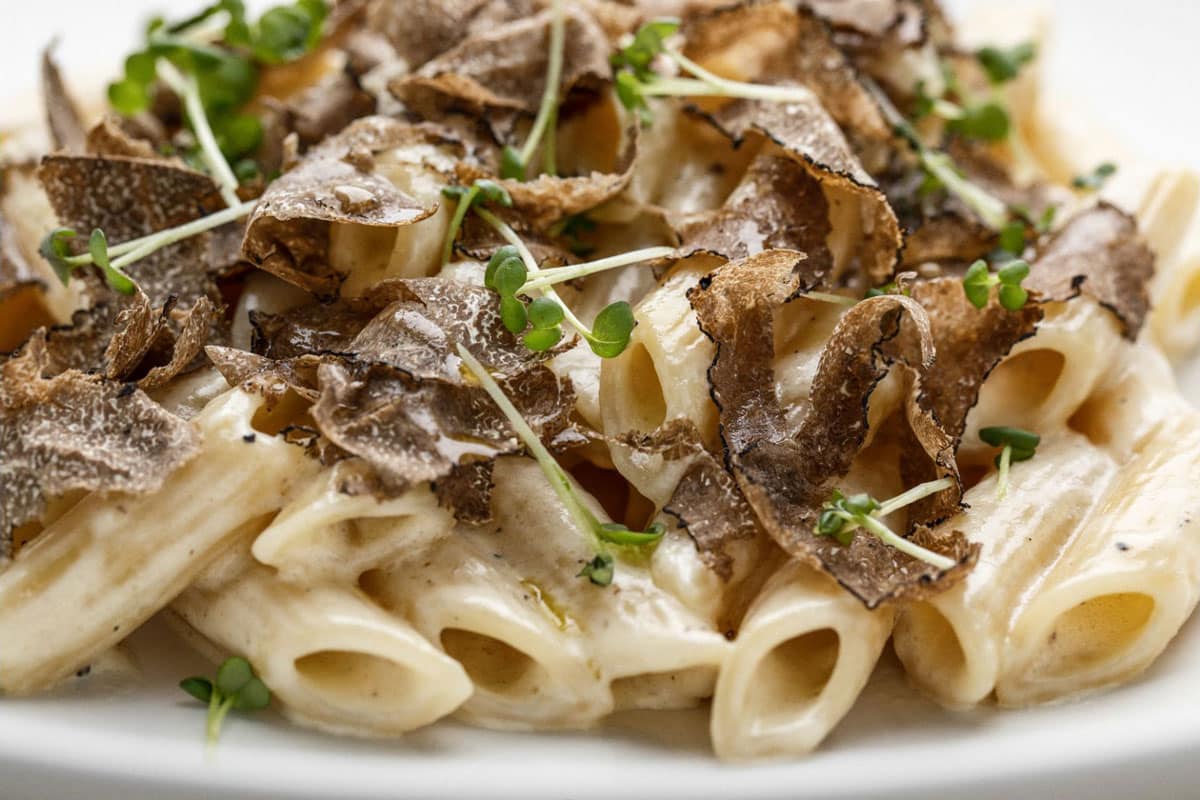
3. Enjingi Venje
Most dominant white variety and generally the most planted variety in Croatia is Graševina. Vast plains of Slavonia are the Graševina homeland. This wine is representative of the Kutjevo sub-region and Slavonia in many ways. It is made by the famous old Croatian winemaker Ivo Enjingi. It is named “Venje” after the position of the vineyards.
On Venje, Enjingi grows not only Graševina, but Riesling, Pinot Grigio, Sauvignon and Gewurztraminer. Therefore, this wine is a blend of all the white varieties grown on Venje position.
You can see immediately by the colour it’s very ripe… it’s a late harvest, full-bodied wine, rich with aromas of ripe fruit, quince, dried fruit… it might remind you of abundant Christmas table 🙂 There is plenty of everything. Yet, it’s not too heavy or out of balance.
This is the first Croatian wine label that received an award at the Decanter World Wine Awards, first global recognition in modern times. It was Venje 1998 that received the International Trophy Winner in 2004. When Steven Spurrier wrote “Thank God for Croatian White” 🙂
There are vintage variations, of course, but in general, you can expect Venje to be:
- Homogenous – No variety sticks out which is very hard to achieve when blending 5 varieties.
- Synergic – New whole is greater than the sum of its parts
- Progressive – Each sip confirms the previous one and deepens the experience
For a perfect pairing try:
- Roasted poultry: Particularly turkey, for example – “Purica s mlincima”, a traditional Croatian dish that consists of roasted turkey served with a side of “mlinci,” a type of dried flatbread that is cooked in the juices of the roasted turkey. The mlinci are typically served with a sauce made from the drippings of the turkey, which is flavored with vegetables and herbs like onion, carrot, parsley, and thyme. This dish is particularly popular in the regions of continental Croatia, where it is considered a staple dish for festive occasions.
- Zagorski Štrukli – a savory pastry made of dough and filled with cottage cheese, sour cream, eggs, and butter. The pastry is boiled or baked or both and served as a main course or as a side dish. Zagorski štrukli is a beloved Croatian dish and has become a symbol of the country’s culinary heritage.
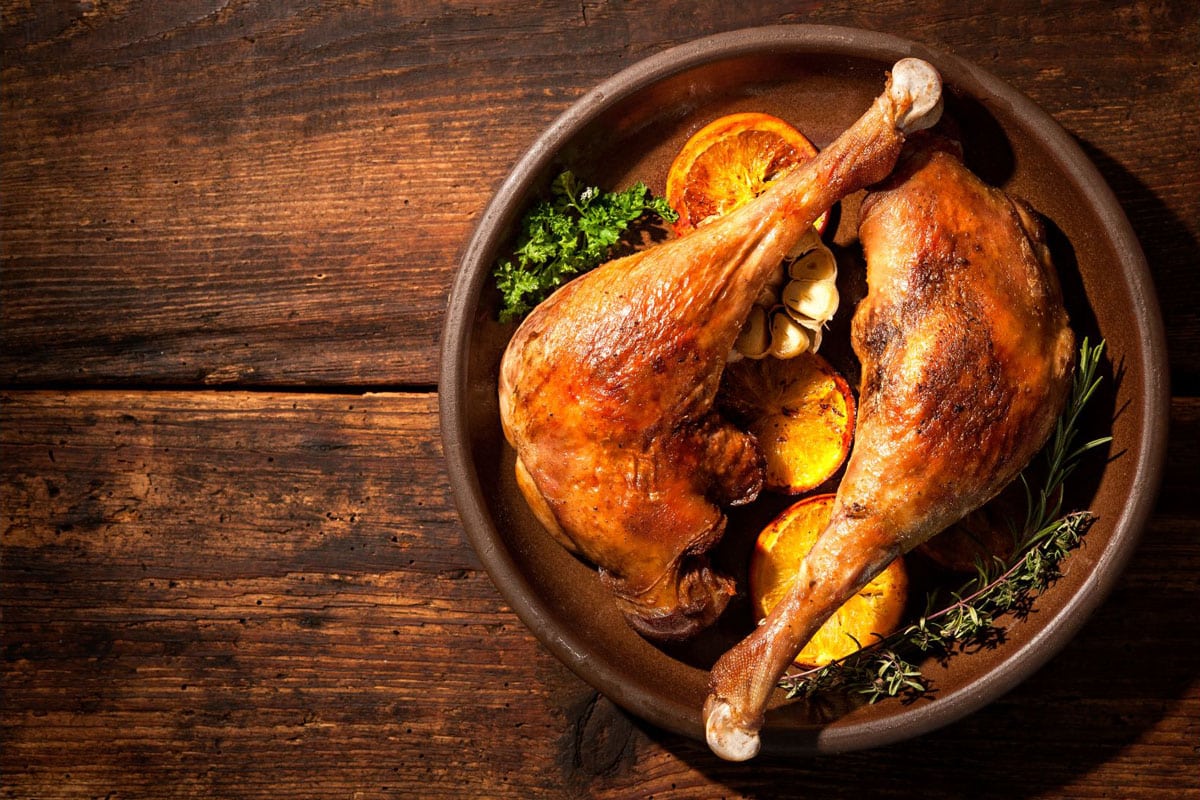
4. Miloš Stagnum Rose
If we need to pick only one rose to represent Croatian cuisine and wine culture, this would be it. There are numerous characterful rose wines made in Croatia. In rose category alone we could express Croatian diversity.
Forget what you believe a rose wine should be. Stagnum Rose is very atypical rose, but very authentic Plavac mali expression in this genre.
Just like a good Plavac mali, it will develop with age in bottle, so this is not just another simple refreshing sip. Fresh blood orange colored face of Plavac is supported with fruity aromatics but specific herbal notes as well. Serve it chilled and let it opens up and transform in a glass.It will become tea-like and involve you in its layered structure.
Legendary winemaker Frano Miloš is considered as one of the most important interpreters of Plavac Mali variety.
Miloš Rose, at first was controversial, but today it represents the finest and characterful rose wine made from a Plavac mali grapes. Specific soil, centuries-old tradition and a completely traditional way of producing, makes Miloš family a true custodians of Dalmatian heritage in modern times.
For a perfect pairing, try:
- Brudet – a spicy fish stew made with various types of fish (eels included), tomatoes, onions, and spices.
- Steak tartare: Beautiful freshness with enough body and a slight tannin grip will handle even spicy dishes perfectly, especially if it’s a meaty umami rawness quality dish such as steak tartare 🙂
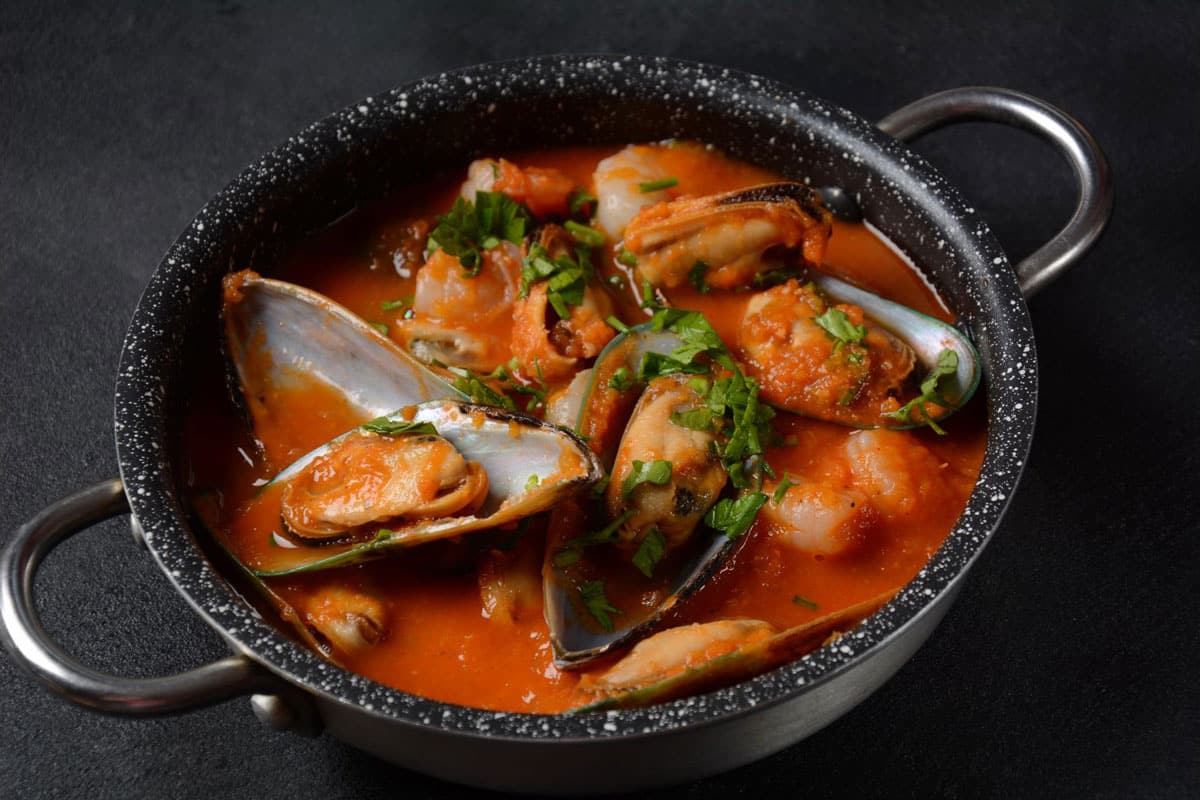
5. Bedalov Tribus
Trinity of varieties: Tribidrag (or Crljenak), Dobričić, and the genetical offspring, Plavac Mali. Truly, an example of synergy in wine blending.
It is challenging to find a winery in Croatia that constantly delivers very top-quality reds in 5 different labels!
Meet Bedalov, and his red beauties: Crljenak, Castel Zinfandel (also Crljenak, differently aged), Dobričić, Plavac, and Tribus, perhaps his most significant wine.
Each grape berry can be felt here, fruity and fragrant Crljenak (Zinfandel) grape, elevated by herbal and leathery Plavac grape, with spices and earth of Dobričić grape. All with equal proportions make a new vinous balance named Tribus.
Many like to use the phrase “the wine is made in the vineyard”, but in Bedalov wines, that can be truly felt. On the slopes overseeing Kaštela Bay, the diligent hands of Jakša Bedalov inherit the family passion of winemaking. This means nurturing of indigenous varieties and hard work enabling the natural ecosystem to thrive for the most gorgeous of Dalmatian fruit – indigenous varieties.
Wines provide an authentic feel, determined by the terroir, vintage and variety, and invisible hand of the winemaker.
For a perfect pairing, try:
- Peka – a traditional Croatian dish typically made with meat (lamb or veal), potatoes, and vegetables, cookmost ed in a bell-shaped dome under a coal fire.
- Pašticada – a slow-cooked beef dish, typically marinated in red wine, vinegar, and spices, and served with gnocchi or pasta.
- Soparnik – a traditional Dalmatian dish consisting of a savoury pie made of chard, onions, garlic, and olive oil, baked in a wood-fired oven.
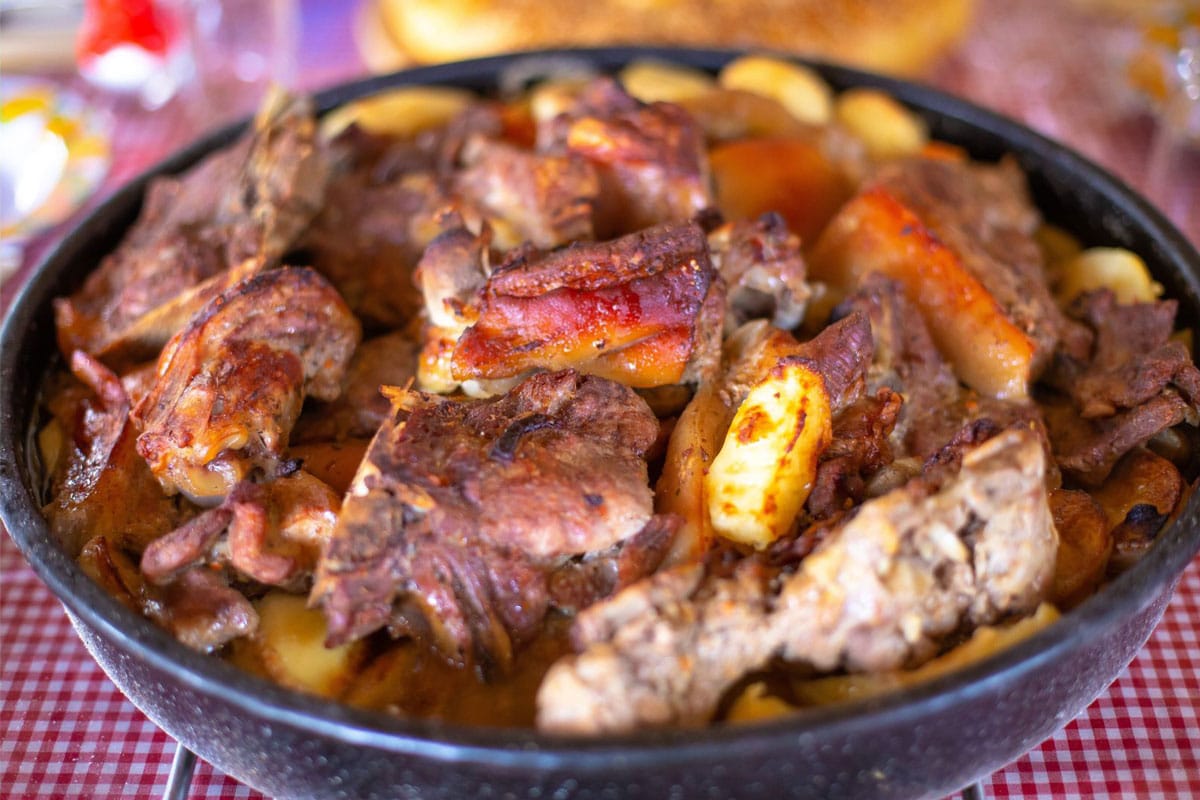
6. Coronica Gran Teran
Istrian peninsula is a region of greeny hills and Adriatic coast, a land of truffles and olives. Istria region is most famous for its Malvasia Istriana and Teran.
Malvasia is a white grape variety, and Teran is, very much red.
It was actually called “the color of rabbit blood” 🙂 Most likely because, when young, Teran has a distinctive purple hue.
You could see red soil in the photo of a typical Istrian vineyard. It’s not only red in topsoil. It’s red because of its high iron content. When done properly, this mineral aspect could be felt in the wine. Especially in the aftertaste when tannins melt. So, the description of “taste like blood” makes sense.
Winery’s name is Coronica and Moreno Coronica is considered to be, not one of, but the greatest interpreters of Teran. His Gran Teran proved its ability to improve with time in the bottle.
On the nose, there’s a lot of dark fruit, forest fruit, a touch of vanilla and tobacco from oak ageing… but on the palate it’s classic fruit&dirt red wine.
Teran was notorious for its high acid levels. That is why Teran traditionally pairs well with greasy meat and heavy sauces. This Teran is in balance, thanks to malolactic fermentation and ageing, with a fruity heart and mineral backbone.
For a perfect pairing, try:
- Game meat goulash – Some of the most popular game meats in Croatia include wild boar, venison, and pheasant, although other game meats like rabbit, quail, and duck can also be found on menus. Hearty and flavorful, it’s a showcase of richness.
- Hard cheese – One of the most appreciated Croatian cheeses is made on the Croatian Island of Pag – “Paski Sir” is produced from a unique breed of small sheep – known for their intensely salty and limited milk output. The reason for salty milk is the geographical specificity of this island – almost the entire island is without tall trees. And that’s because of the extremely strong northern wind that rushes from the mountains inland, straight over the sea and over the island of Pag. When this wind blows, it literally sprays sea over the island. As a consequence, plants are very much soaked by sea salt. And sheep eat these plants and produce the milk with unique properties.
- Venison with dumplings – This hearty and flavorful dish is made by simmering tender pieces of venison in a rich broth with vegetables like onions, carrots, and celery. The meat is typically marinated in red wine and spices beforehand, which helps to tenderise it and infuse it with flavor. The dumplings are made from a mixture of flour, eggs, and water, and are rolled out thinly before being filled with a mixture of cheese and spinach or other vegetables. The dumplings are then rolled up and cut into small pieces before being added to the venison stew. Once the dumplings have been added to the stew, the dish is simmered until the meat is tender and the flavors have melded together.
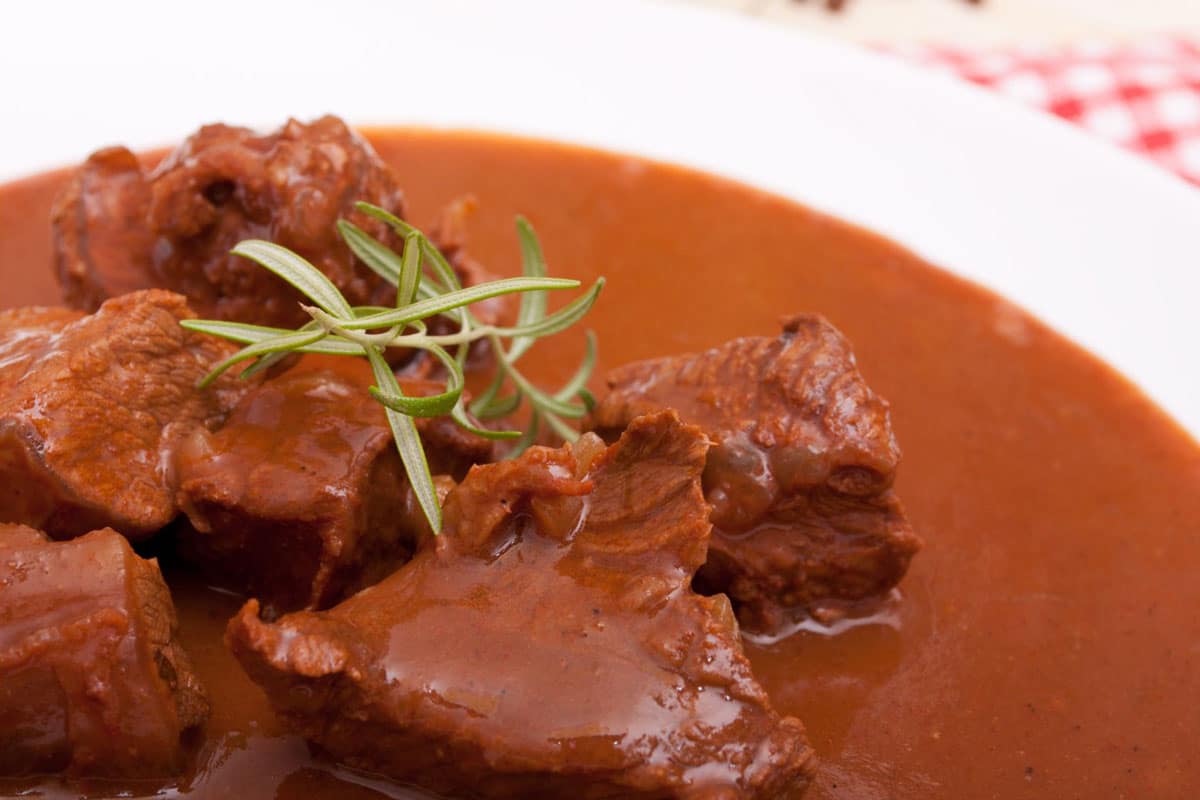
7.Bunčić Issa
Last, but hardly the least, Dalmatia is home to many indigenous varieties. Sea, stone and sun is what describe Dalmatia best.
The most important red variety of Croatia grows in Dalmatia. It’s called Plavac Mali, which translates as “little blue” (due to the color of the grapes). It’s often love or hate wine, because uneven ripening is not uncommon in vineyards. It’s quite possible to see green and dried grape berries in the same bunch/cluster.
Plavac is also notorious for being a very tannic wine. It’s a thick-skinned variety. Simultaneously, Plavac has naturally lower acids, so sometimes it lacks freshness.
So, Dalmatia is full of Plavac mali as it is the most planted variety, but it is rarely well-balanced wine.
It is even more difficult with sweet wine. Now, this wine is a sweet wine from Plavac mali. And it is forbidden wine 🙂 At least the name is forbidden… “Prošek”
The problem is in similarity to Italian Prosecco. Prosecco and Prošek sound too similar.
Actually, the bigger problem is that, unlike Prošek, Proseccos are being produced in hundreds of millions of bottles. Today it is not hard, but close to impossible, to find traditional prošek producers in Croatia.
Toni Bunčić lives on the island of Vis. If you have ever been there, You will know what everybody talks about when they say time runs differently in this place.
There are many ways to make sweet red wine. One of the most popular, when we talk about high-quality stuff, is to dry your grape. By far, the most blessed way is when nature can do it for you. This prošek is made from grapes dried on the vine (weinstock).
Naturally concentrated sweetness and vivacious fruit… feel like eating crushed frozen berries. More like chewing than drinking. If you are standing in the vineyard eating grapes it couldn’t feel more real. And you can’t stop eating, even if you consider yourself to be a seasoned wine drinker who dislikes anything with residual sugar.
But this is Dalmatia – fully ripe Plavac mali. Even chilled, tannins won’t bite and even warmed, alcohols won’t pinch
Different, Mediterranean aromatic profile, carobs and dried figs, along with herbs such as sage, are notorious descriptors of Plavac mali. In this wine, complexity is also shown. It changes, evolving in a glass, when each sip brings another sensation.
Although such wine requires no food to accomplish its purpose, for a perfect pairing, try
- Štrudla – a flaky pastry dough that is rolled out thin and then filled with a sweet filling, such as apple and cinnamon, cherry, plum, or poppy seed. The dough rolled up and baked until golden brown. Croatian interpretation of strudel.
- Dark chocolate – Croatia has a rich tradition in pastry making, mostly because of historic influence from Austro-Hungary, but also Otomans. Many chocolate-based desserts are world-class, such as Schwarzwald cake or Sacher cake.
- Fritule – a type of sweet pastry made with flour, eggs, sugar, raisins, and rum and typically served during Christmas and Carnival seasons.
